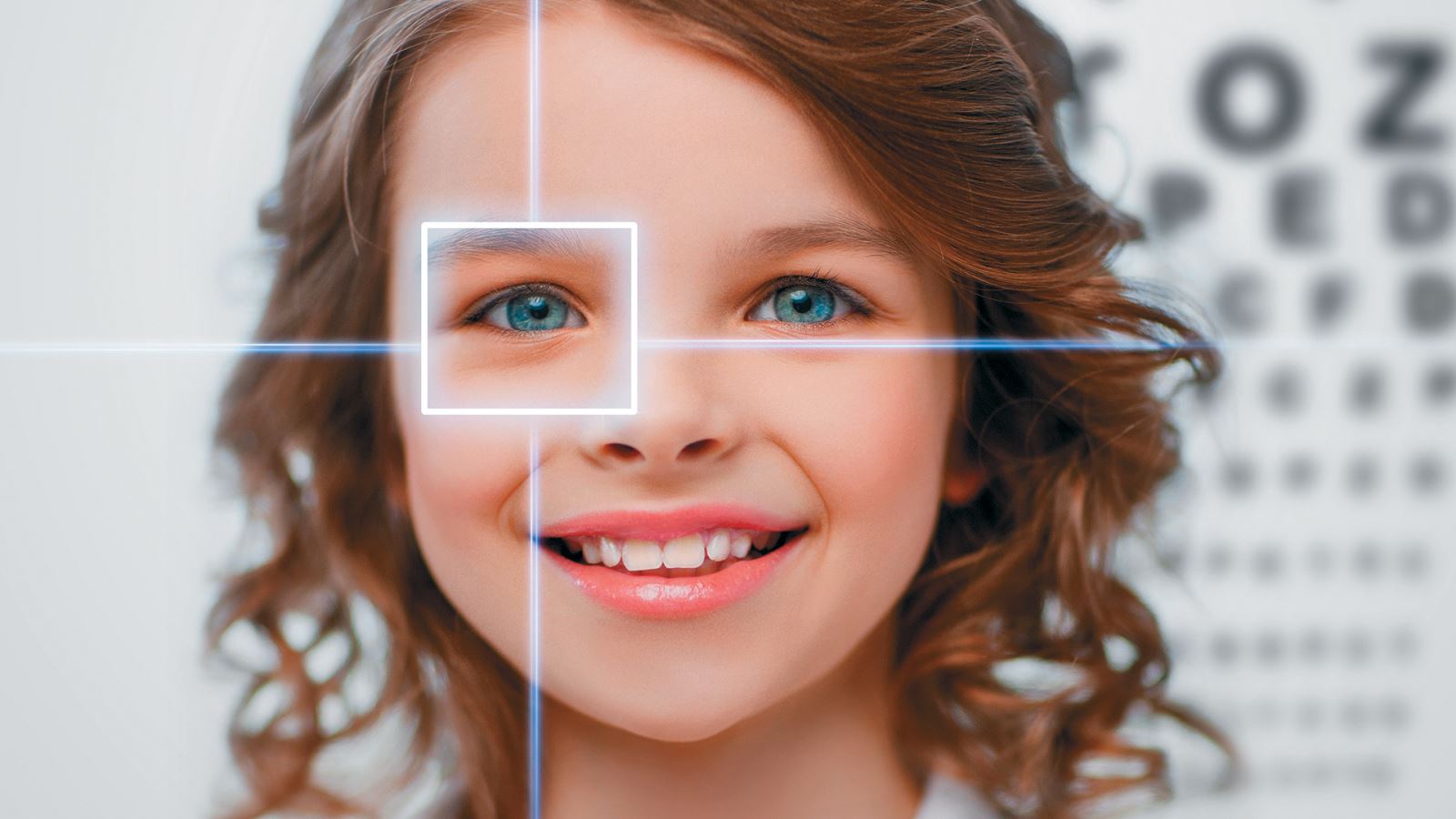
“How Old Does My Child Have to Be to Wear Contact Lenses?” This is a question I get asked a lot. The other question is “how will I know if my child is responsible enough to wear them?”
The right age for one child to wear contact lenses may differ from another child. You’ll be surprised to know, there are special contact lenses for infants and toddlers. Most parents will hear requests for contacts from teenagers and often pre-teens. However, a study found children could remove contact lenses as early as 4 to 5 years, put contact lenses on at 6 to 8 years, and clean and care for lenses successfully from 10 to 12 years old.
While the child’s ability to assume responsibility for the proper wearing and care of the contacts is key, the younger the child is, the more vital parental involvement is to ensure the child’s safety. When the guidelines are followed, contact lenses are very safe and provide all sorts of benefits for children.
For example, contact lenses can provide a feeling of visual freedom from wearing glasses which allows children to live a more active lifestyle and can increase self-esteem in social activities. I was one of those kids who got glasses in middle school, and believe it or not, I was too embarrassed to wear them. I remember specifically from the back of my algebra class, I would slide my glasses on to see the board for the 1 minute it took to copy down the math problems and then quickly tuck them away into the deep recesses of my backpack. My confidence increased dramatically when I began wearing contacts just a year later.
There are some basic guidelines parents should be aware of when it comes to contact lenses for kids:
-
If your child has never worn glasses, they need to wear them first. This shows them how they should be able to see, and, also helps them to become motivated to do everything necessary to wear and care for their contact lenses.
-
Good hygiene is critical. Make sure both you and your child understand all the instructions from your optometrist. Work with your child to ensure the instructions are followed correctly.
If your child’s nearsightedness is getting progressively worse, there are ways to control and even stop it. Wearing special lenses (called orthokeratology reshaping lenses) while your child sleeps can provide good vision during the day without any use of glasses or contacts and also slows the progression of glasses getting stronger each year. Kids in sports and swimming love these lenses. Being moderately nearsighted myself, I am a strong advocate for slowing down the progression of nearsightedness in kids. It is a growing epidemic and increases the risk for other eye diseases later in life.
Help your child enjoy good vision throughout the day by making sure to schedule a yearly eye exam with an optometrist; it is much more in-depth than the vision checks at pediatrician wellness visits. To see if your child qualifies for contact lenses, schedule an appointment with an optometrist who specializes in working with children.
Dr. Dan Nielson provides specialized services in the diagnosis and treatment of vision problems that interfere with reading and learning and also does orthokeratology. For more information visit his website: www.idahovision.com.